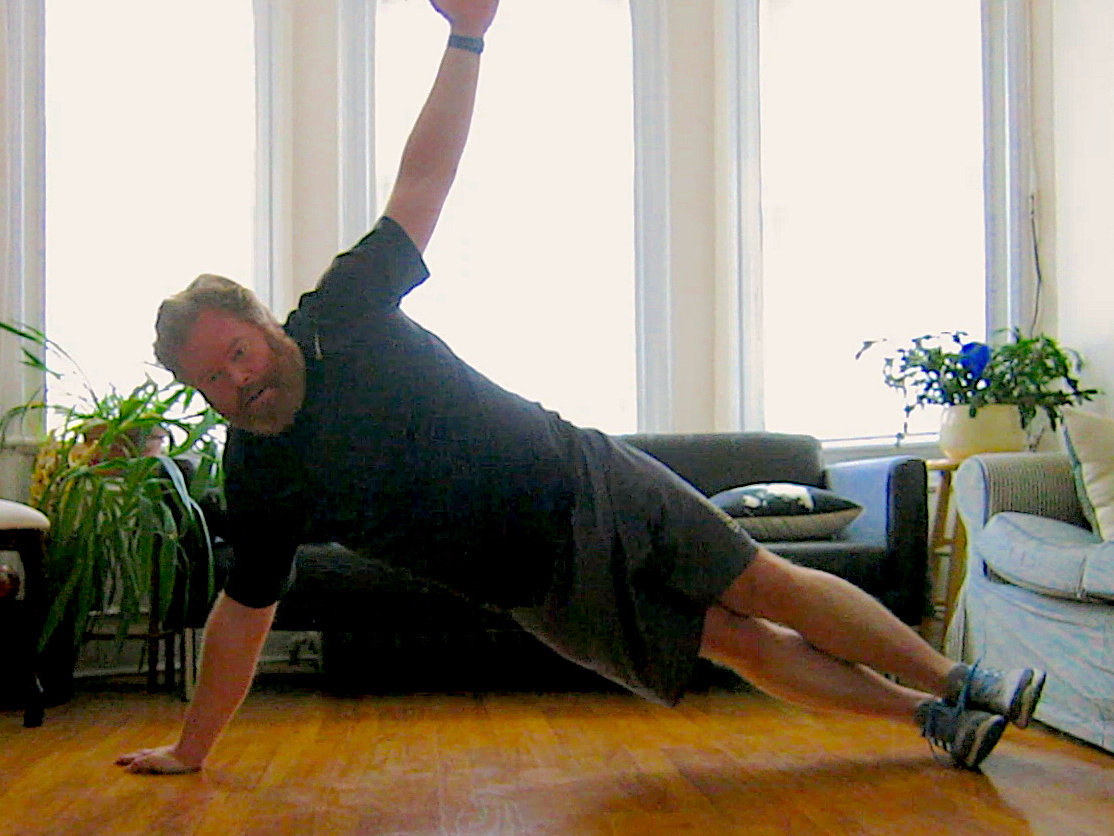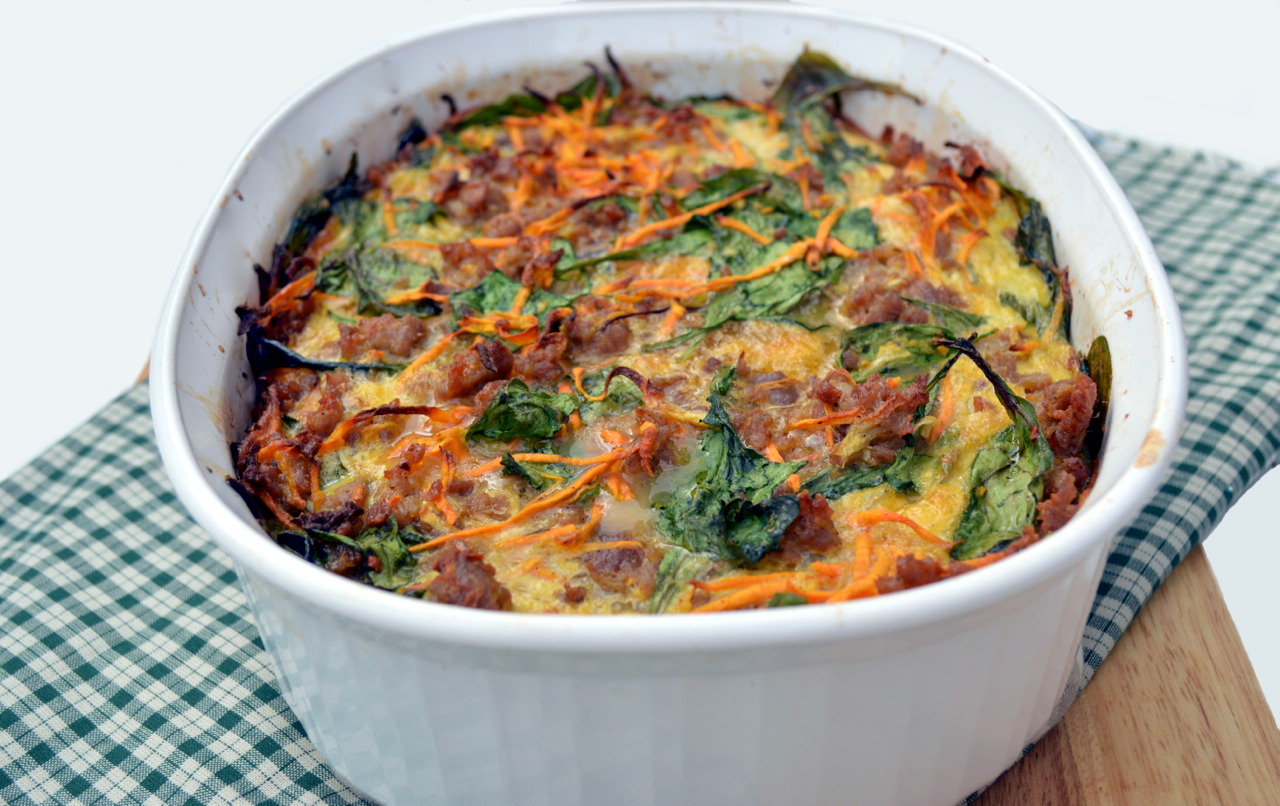
Hello!
It's been a busy start to the week! We kicked off our 2018 New Year REVolution Program on Monday, and conducted our Success Goal Setting and Planning session last night.
One of the things we discussed last night were different types of goals, and how failure to use both types together is a key reason people struggle with New Years Resolutions. Here's a quick summary.
There are two primary types of goals (Outcome and Process). Both are critical to success. Outcome goals define the end point you want to reach. Process goals highlight the tasks that must be completed along the path towards the desired outcome.
Without an end point (outcome), your efforts will be pointless. Without process goals, the path will be unclear and the outcome much more difficult to accomplish. We must use both types of goals strategically, while also setting short, medium, and long term goals. Of course, they must also be SMART (Specific, Measureable, Action-based, Realistic, Time-based).
This may seem like a lot, but in reality it's pretty simple to do and implement. Unfortunately, like many aspects of life, people often make things more complicated than they actually are.
My task for you this week is to carve out an hour of your time to sit down and write down your top goal. Set an outcome goal, and then map out some key process goals to help you accomplish your outcome. If you've already done this, expand the concept to a goal in another area of your life.
Enjoy the content in this edition.
Yours in Health and Happiness,
Tim Borys
CEO FRESH!
Wellness Group


The Seven-Minute Workout
Since its debut in a 2013 New York Times article, the seven-minute workout has taken the fitness world by storm.
Here are the basics.
See Article Below

Sausage and Sweet Potato Breakfast Casserole
This breakfast casserole is stuffed full of meat, veggies and eggs. Everyone has a filling breakfast. It's perfect to hold anyone over to a late lunch.
Check out the details below

The Seven-Minute Workout

Since its debut in a 2013 New York Times article, the seven-minute workout has taken the fitness world by storm. Originally published by the American College of Sports Medicine's Health and Fitness Journal, the seven-minute workout was described in an article titled: “High-Intensity Circuit Training Using Body Weight: Maximum Results With Minimal Investment.”
Perhaps you're one of the millions around the world who have downloaded seven-minute fitness apps on their smartphones. Regardless of whether you've heard of a seven-minute workout or not, here are the basics.
What's the Goal?
By incorporating high-intensity circuit training into your workout you can achieve maximum results in less time, boost your metabolism, burn more calories, and push yourself to new fitness levels. The exercises in the seven-minute workout were chosen specifically to develop strength in all major muscle groups and ensure that strength is balanced. The workout can be tailored by each individual's fitness level by increasing or decreasing the intensity based on the speed and number of exercises done.
The seven-minute workout was also designed to be easily accessible. It requires little to no equipment (just a chair or bench and a wall), can be done at home, in the gym, outdoors, or while staying at a hotel on business, costs nothing, and takes up a short amount of time.
There's very good evidence that high-intensity interval training provides many of the fitness benefits of prolonged endurance training but in much less time.- Chris Jordan, coauthor of the article published in the ACSM Health and Fitness JournalHow Does It Work?
The seven-minute workout uses a total of 12 simple bodyweight exercises, carried out in quick succession. Each exercise is done for 30 seconds with a 10-second rest-and-recovery period between each exercise. The 10-second rest may not seem long, but the order of the exercises provides a chance for your muscles to rest as well because the order alternates between exercises that work the large muscles of your upper body (a push-up), those of your lower body (a squat), and your core (a plank).
While seven minutes is how long the workout takes, the American College of Sports Medicine and other fitness experts recommend repeating the workout two or three more times to gain maximum health benefits.
What Are the Exercises?
A sample of the seven-minute workout includes the following order of exercises: jumping jacks, wall sit, push-ups, abdominal crunches, step-ups onto a chair, squats, triceps dips using a chair, a plank, running in place with high knees, lunges, push-ups with rotation, and a side plank.
As you can see, each exercise targets different major muscle groups and alternates between total body, lower body, upper body, and core workouts.
What to Expect
The seven-minute workout isn't meant to be short and sweet. Short, yes, but not easy. Because of the intensity and fast pace, those seven minutes should be tough and challenging. Near the end of the workout you should be out of breath and eager for the end.
The nature of the workout requires knowledge of proper form for each exercise in order to reap maximum benefit and prevent injury.
While seven minutes doesn't seem like long when it comes to exercise, a little is better than nothing. For those new to the world of exercise, the seven-minute workout can be a simple yet challenging place to start. The seven-minute routine can also provide a quick pick-me-up when your energy levels are dropping in the middle of the day. But for those seeking to shed pounds and build a better body, it will likely take more than a few minutes of exercise each day to see results.

Featured Quote

Sausage and Sweet Potato
Breakfast Casserole
Serves 8-10

Ingredients
- 1 1/2 lbs breakfast sausage
- 1/2 tbls coconut oil
- 12 eggs
- 2 sweet potatoes, peeled and cut into chunks
- 1/2 large sweet onion, diced
- 1 tsp garlic powder
- 1/4 tsp nutmeg
- 1 tsip sea salt
- 1 tsp pepper
- 1/4 cup coconut milk
- 4 cups power greens (kale, spinach, arugula)
Directions
1. Heat oven to 375 degrees.
2. In a large skillet over medium heat, melt coconut oil and add in sausage.
3. Brown and break apart with a wooden spoon.
4. Beat eggs in extra large bowl.
5. Shred sweet potatoes and onion in your food processor. Mix into eggs with seasoning, coconut milk and power greens.
6. Grease 9x13 casserole dish with more coconut oil.
7. Pour in egg mixture and stir in sausage.
8. Cook for 45 minutes. Cover with foil and cook for 10 more minutes or until center is set.
Original Recipe from Plaid and Paleo
Tip of the Week: Rules of Exercise
To get the most out of your workouts, there are a few rules everyone should know up front.
Rule 1: Do Set Goals
Before starting an exercise program, take note of your current fitness level (your weight, BMI, and resting heart rate). Then write down what you hope to achieve through exercise. Maybe you want to lose 10 pounds, run a 5K, bench press 250 pounds, or lower your LDL cholesterol to under 190. Setting achievable goals will help keep you motivated to exercise.
Rule 2: Don't Over-Do It
Too much exercise when you're out of shape can lead to injury, extreme soreness, and fast burnout.
Rule 3: Do Gradually Increase Intensity
The best way to start a fitness program is to ease into it slowly. You may have been in great shape back in the day, but a few years or even months without exercise can take a toll on your body. Start out slow and each week increase your pace and distance.
Rule 4: Don't Skip Warm-Up, Cool-Down, and Stretching
Before your workout, spend a few minutes doing low-intensity exercise to gradually increase your body temperature and get your muscles and heart ready for action. At the end of your workout, spend five to ten minutes performing low- or moderate-intensity exercise to bring your heart rate down slowly and prevent muscle soreness. Stopping suddenly in the middle of intense exercise can lead to dizziness, fainting, or even heart arrhythmia. After your cool-down, stretch each of your major muscle groups to increase flexibility, improve posture, and relax your muscles.
Rule 5: Do Make It a Priority
Waiting until the weekend to get in a good workout is not going to help you reach your goals. Set aside time most days of the week to exercise. When you have a set exercise schedule it's more likely to become a habit. If you have trouble committing to regular exercise sessions, plan to meet a friend.
Rule 6: Don't Get Bored
Keep in mind that a balanced exercise routine will include cardiovascular, strength training, and flexibility exercises, so don't get stuck doing the same old workout everyday.
Rule 7: Do Fuel Up
Your body needs rest, good nutrition, and plenty of hydration to perform well during your workouts, so be sure to get enough sleep; eat healthy meals; and drink water before, during, and after your exercise sessions.
Rule 8: Don't Give Up
Busy schedules, comparing yourself to others, and not seeing fast results can prevent you from reaching your goals. But persevere and keep your head held high. The hard work will be worth it.



FRESH! Wellness Group 18th Floor 734-7th Avenue SW Calgary, Alberta T2P 3P8 Canada (403) 217-2730